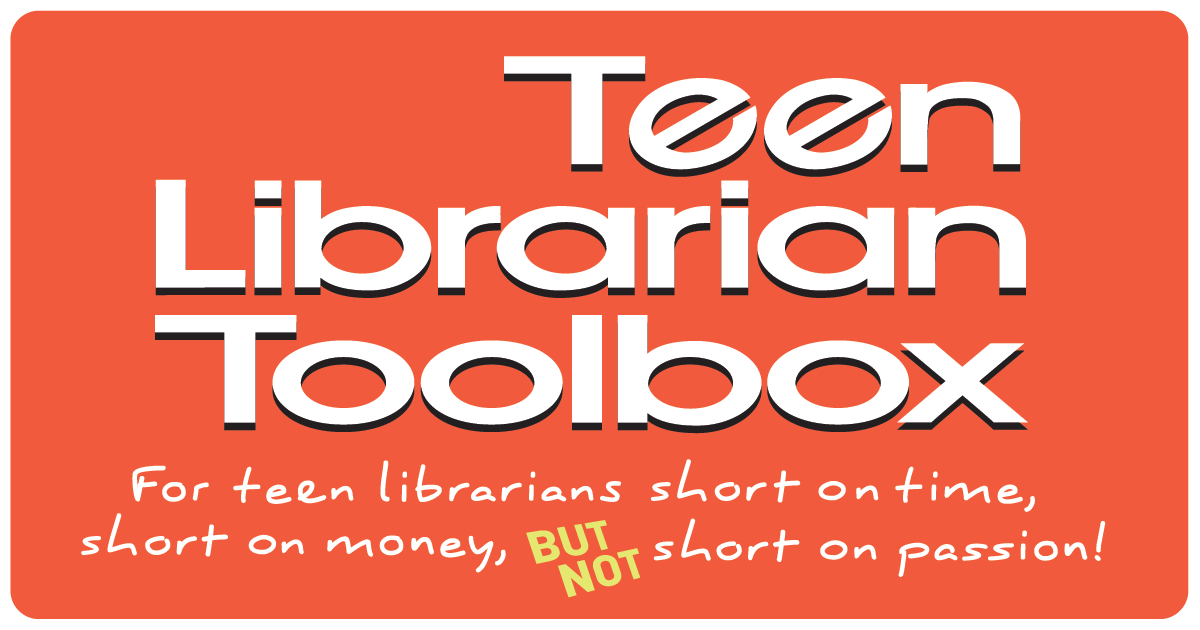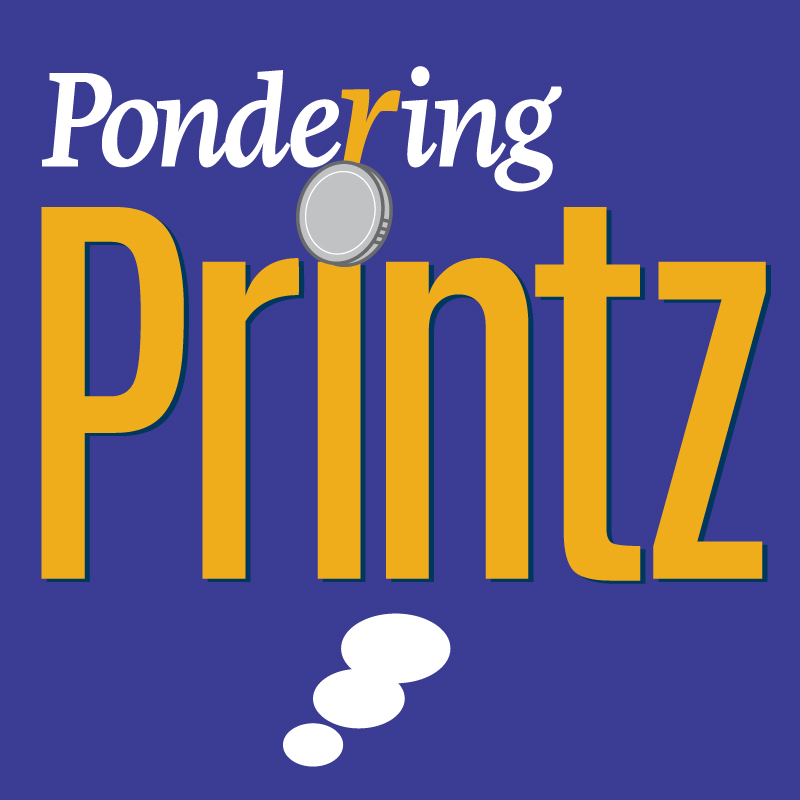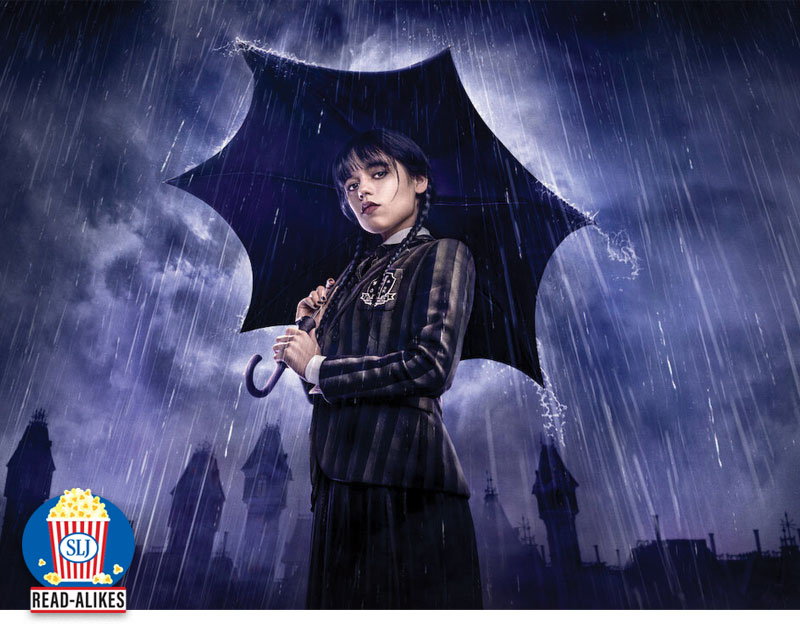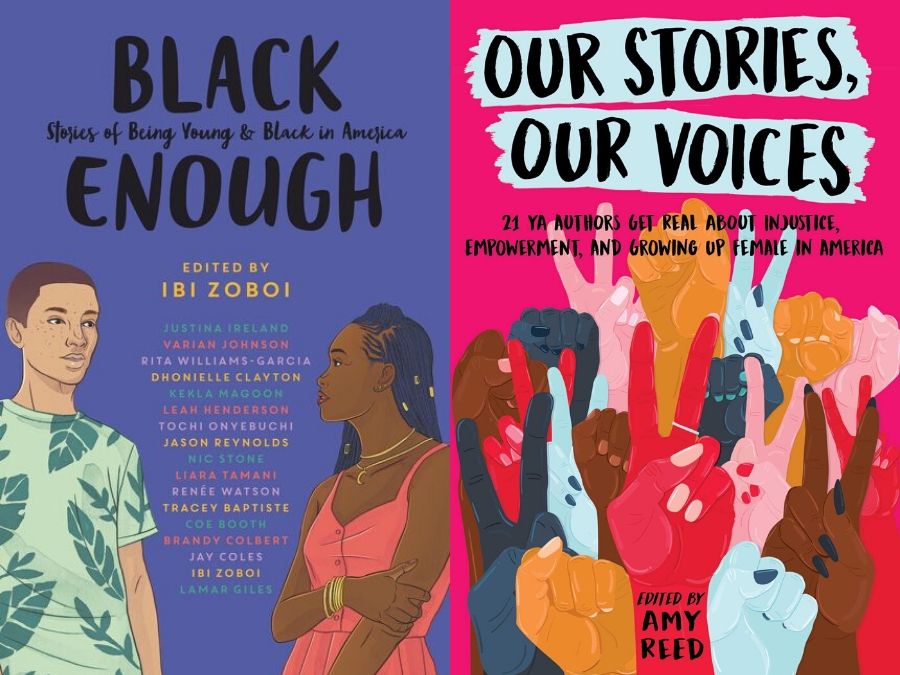Book Review: LGBTQ+ Athletes Claim the Field: Striving for Equality by Kirstin Cronn-Mills and Alex Jackson Nelson
Publisher’s description
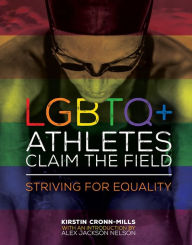 In 2015, the world watched as soccer star Abby Wambach kissed her wife after the US women’s World Cup victory. Milwaukee Brewers’ minor league first baseman David Denson came out as gay. And Caitlyn (born Bruce) Jenner, an Olympic decathlete, came out as transgender.
In 2015, the world watched as soccer star Abby Wambach kissed her wife after the US women’s World Cup victory. Milwaukee Brewers’ minor league first baseman David Denson came out as gay. And Caitlyn (born Bruce) Jenner, an Olympic decathlete, came out as transgender.
It hasn’t always been this way. Many great athletes have stayed in the closet their whole lives, or at least until retirement. Social attitudes, institutional policies, and laws are slow to change, but they are catching up. Together, athletes, families, educators, allies, and fans are pushing for competitive equity so that every athlete, regardless of identity, can have the opportunity to play at their very best.
ADVERTISEMENT
ADVERTISEMENT
Amanda’s thoughts
I am always especially glad to see new nonfiction for teens on LGBTQIA+ topics. It’s hard for me to name more than a small handful of recentish nonfiction on this topic. The book begins with an introduction by Alex Jackson Nelson, a trans man who works with LGBTQIA+ youth and trains others who do, too. He talks about the importance of sports in his younger life and how once he identified as trans, he wondered if sports was just another place he wouldn’t fit in or be able to see himself represented. He goes on to discuss gendered sports teams and not really feeling comfortable on men’s teams now because of his experience growing up participating on girls’ teams. He also addresses how fraught the question, “What sports did you play in high school?” can be for a trans individual (for instance, if you’re a trans man but answer “volleyball” or “softball,” are you then coming out to someone who might not know you’re trans? Is your a risk to your safety in answering this question? etc). His intro nicely sets up the forthcoming chapters that address all of the subjects he mentions.
The bulk of the book focuses on homophobia and transphobia in the sports world, early pioneers, contemporary players who have come out, stereotypes, challenges LGBTQIA+ athletes face, and so much more. As a person with little to no knowledge of sports and even less interest in sports, I found this whole book super interesting. I really had no idea of how few professional athletes have come out over the years. I had heard various names, of course, but was still kind of staggering to read about Michael Sam, the first Division I football player to ever come out while still actively playing and the first openly gay man in the NFL. All of this was in 2014. 2014! Two years ago! THE FIRST. It kind of seems impossible. There are many more stories like Sam’s throughout the book. Cronn-Mills doesn’t just talk about players, either. She looks at how discrimination affects coaches, too, such as this story about coaches at UMD (my alma mater) from a few years ago. She also discusses the WNBA and its LGBTQIA+ fan base, as well as looks at women’s soccer. It’s in this passage, where she also looks at men’s soccer, that another jaw-dropping statistic shows up: Robbie Rogers, a soccer player who came out in 2013, “joined basketball player Jason Collins as one of the first two out athletes in all five major North American sports leagues.” IN 2013! 3 years ago! ONE OF THE FIRST TWO! The world has come a long way, but HOLY CRAP is there still so far to go.
Other chapters look at early out (or not out) LGBTQ+ athletes, such as Bill Tilden, who came out publicly in 1948 after retiring from tennis, Dave Kopay, Martina Navratilova, Billie Jean King, Glenn Burke, Greg Louganis, and more. Chapter 3 looks at transgender and intersex athletes, sharing the stories of Gabrielle Ludwig, Caster Semenya, and others. This chapter also addresses specific issues these individuals face in sports, such as people fearing trans people have a competitive advantage (for example, if assigned male at birth but identifying and competing as a female) and gender verification practices and issues. Another chapter looks at the gatekeepers—those who regulate the rules of play and eligibility. I found this a particularly illuminating chapter as it examines changing policies. The book wraps up with a look at where we are now and where we can go from here, including some solutions and strategies for combating homophobia and transphobia in sports. An open letter from a gay college football player, timeline, source notes, glossary, selected bibliography, and further information round out this title.
This thorough look at LGBTQ+ athletes includes lots of color pictures, personal stories, and is immensely readable. Despite looking at the long history of discrimination and the current issues that plague LGBTQ+ athletes, the overall tone is one of hope and progress. All public and school libraries would benefit from adding this to their collections. Be sure to pull it out when making Pride displays or LGBT History Month displays. The focus on athletes may help this find readers who may not otherwise pick up a book on LGBTQ+ history or issues.
Review copy courtesy of the publisher
ISBN-13: 9781467780124
Publisher: Lerner Publishing Group
Publication date: 08/01/2016
Filed under: Book Reviews
About Amanda MacGregor
Amanda MacGregor works in an elementary library, loves dogs, and can be found on Twitter @CiteSomething.
ADVERTISEMENT
ADVERTISEMENT
SLJ Blog Network
One Star Review, Guess Who? (#211)
Cover Reveal and Q&A: Dusti Bowling’s Latest – The Beat I Drum (Apr 2025)
Girlmode | Review
The Seven Bills That Will Safeguard the Future of School Librarianship
Gayle Forman Visits The Yarn!
ADVERTISEMENT

